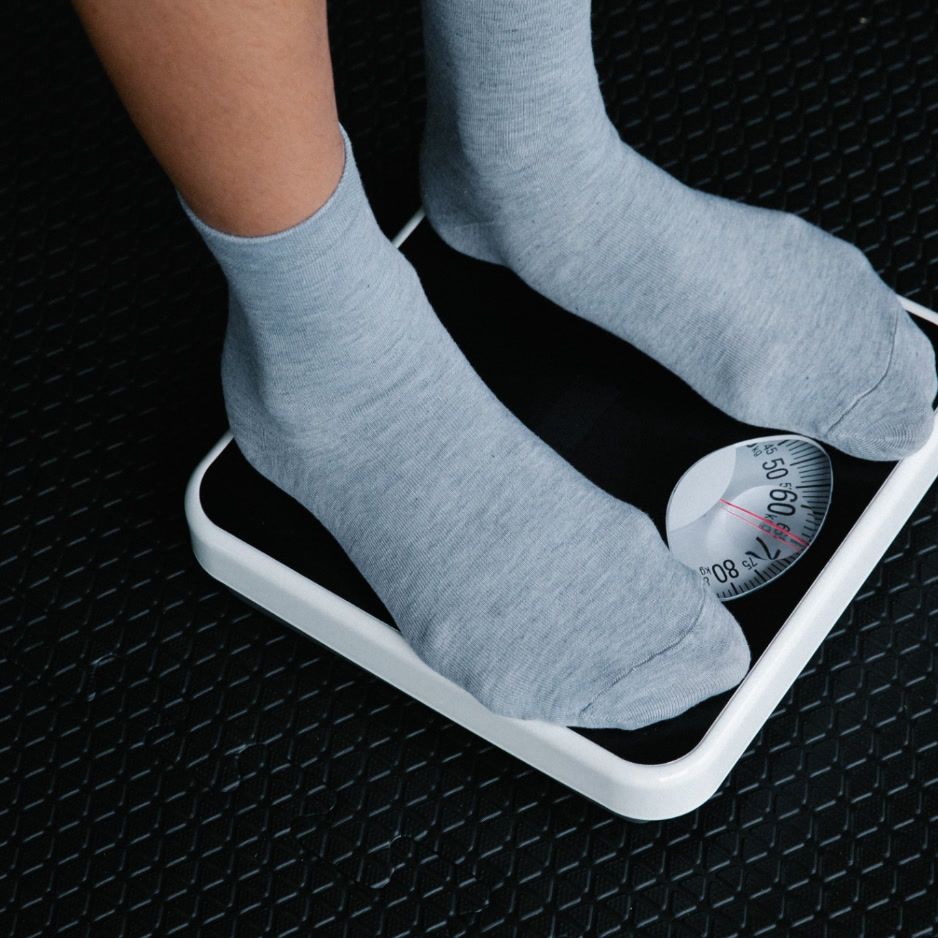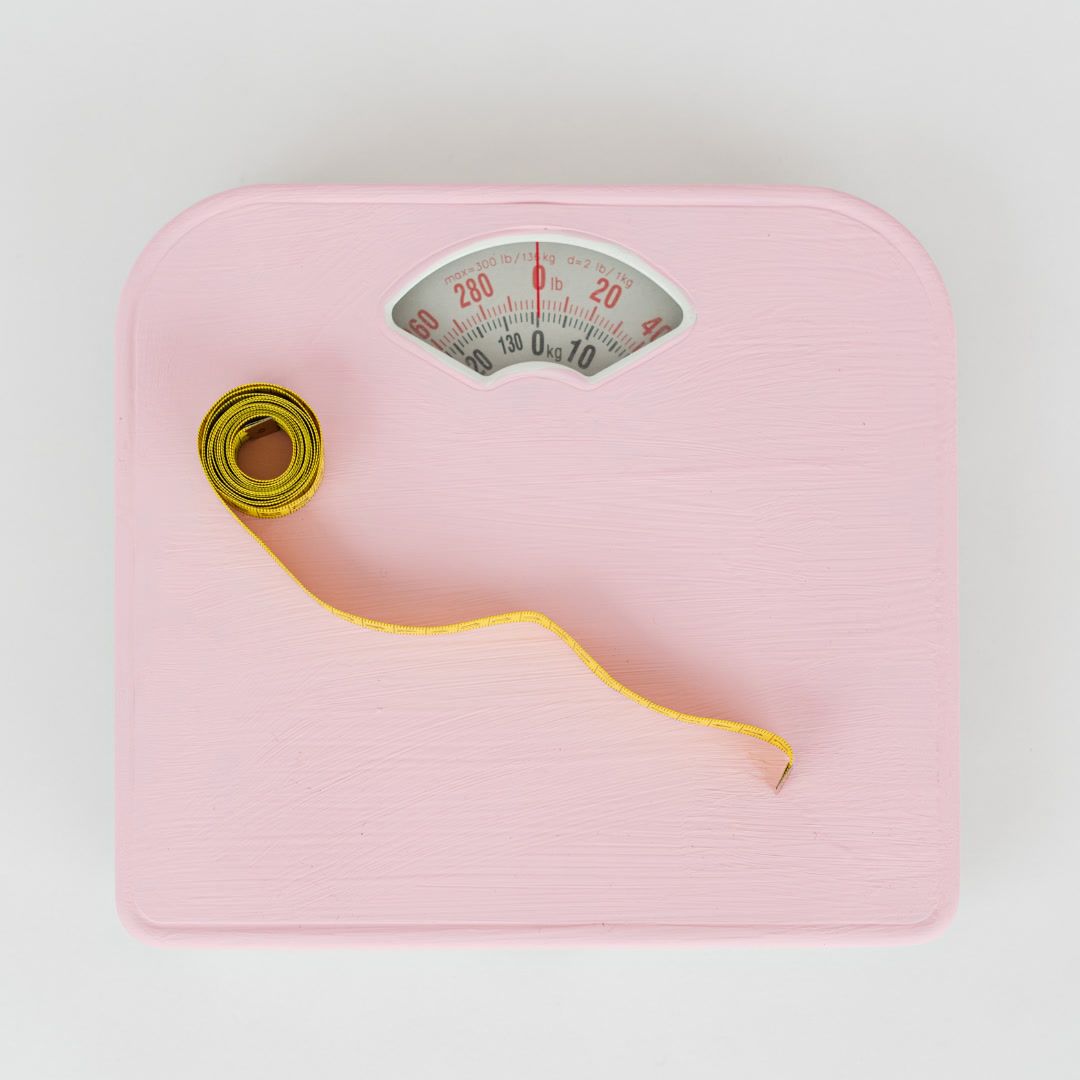The Complete HIIT Guide for Women

The Complete HIIT Guide for Women: Workouts for Every Age and Life Stage
High-Intensity Interval Training (HIIT) isn't just another workout trend—it's a scientifically-backed exercise method that's particularly beneficial for women's unique physiological needs.
Whether you're a busy professional squeezing in 20 minutes between meetings, a new mom navigating postpartum fitness, or a woman over 50 looking to maintain strength and vitality, HIIT can transform your fitness routine and body composition more efficiently than traditional cardio.
This comprehensive guide provides evidence-based HIIT workouts specifically designed for women, addressing everything from hormonal considerations to life-stage modifications. You'll discover why women's bodies respond uniquely to interval training, plus practical routines that fit your schedule and fitness level.
Benefits of HIIT for Women
Women's Unique Physiological Response to HIIT
Research shows that women experience greater benefits from keeping HIIT workouts short and intense. Studies indicate that women can achieve significant increases in growth hormone secretion from high-intensity interval exercise, with pulsatile growth hormone release being significantly higher compared to sedentary controls.
This hormonal advantage means women can achieve superior fat-burning and muscle-preserving results with shorter, more intensive sessions rather than long endurance training.
Hormonal Benefits Specific to Women
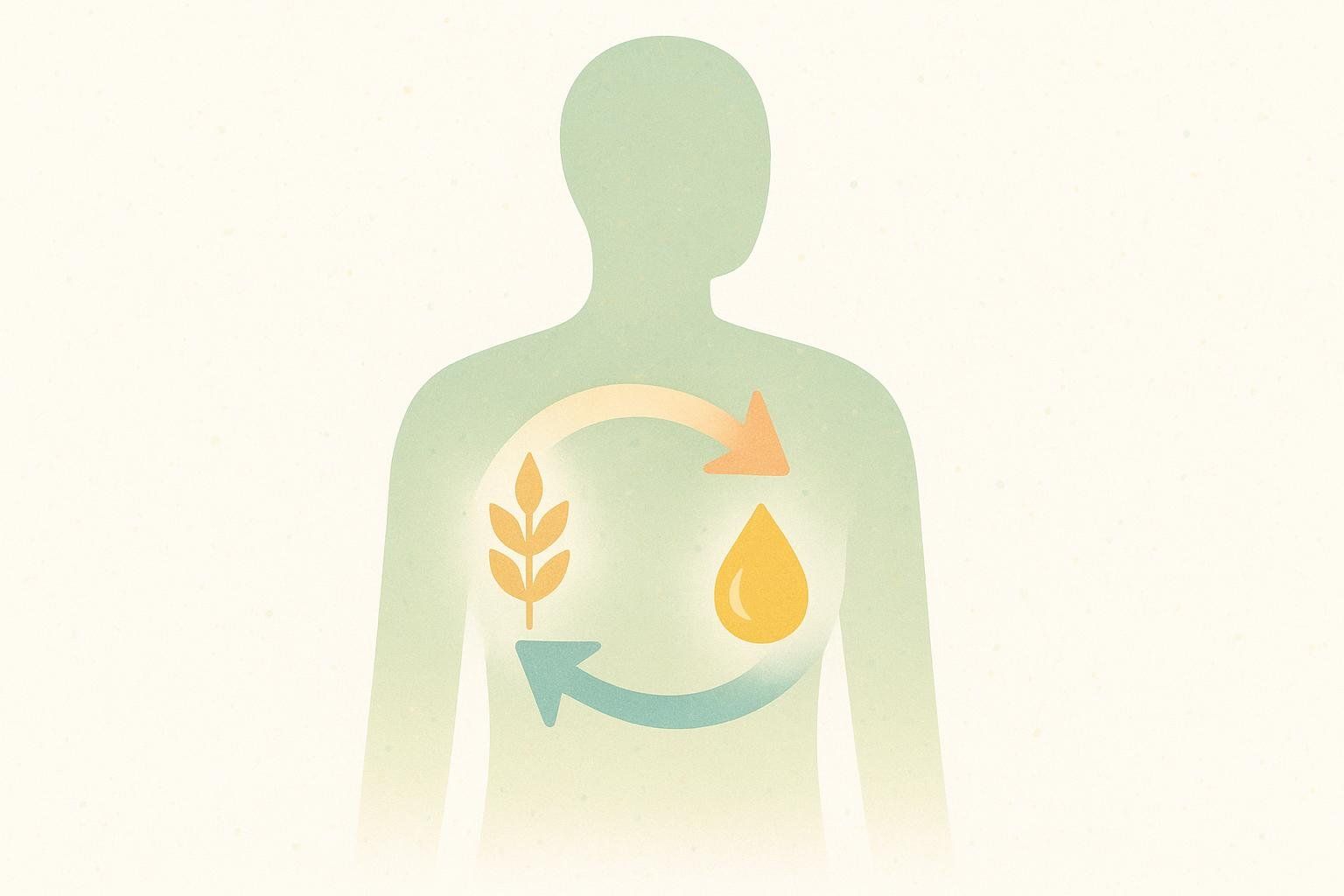
Improved Insulin Sensitivity: HIIT enhances glucose metabolism, which is particularly beneficial for women with PCOS or those experiencing insulin resistance during menopause.
Human Growth Hormone Boost: Women naturally produce more HGH during HIIT sessions, supporting muscle preservation, fat burning, and recovery.
Cortisol Management: When performed correctly (2-3 times per week with adequate rest), HIIT can actually help regulate cortisol levels, improving stress response and sleep quality.
Metabolic Flexibility: HIIT enhances your body's ability to switch between burning carbohydrates and fat for fuel, crucial for women's changing metabolic needs throughout different life stages.
HIIT Workouts by Life Stage and Goal
For Busy Professional Women (20s-40s)

These time-efficient routines are perfect for fitting fitness into packed schedules:
15-Minute Morning Energizer
Perfect for: Before work or during lunch breaks
Equipment: None required
Protocol: 40 seconds work, 20 seconds rest for each exercise, complete all 4 exercises (4 minutes), rest 90 seconds between rounds, repeat for 3 total rounds
Exercises:
- Bodyweight squats
- Modified push-ups (wall or knee variations as needed)
- High knees in place
- Glute bridges
20-Minute Stress-Buster Circuit
Perfect for: Post-work tension release
Equipment: Light dumbbells (5-15 lbs) or water bottles
Protocol: 50 seconds work, 10 seconds rest for each exercise, complete all 4 exercises (4 minutes), rest 75 seconds between rounds, repeat for 4 total rounds
Exercises:
- Goblet squats
- Dumbbell thrusters
- Bent-over rows
- Walking lunges with weights
For New Moms: Postpartum HIIT
⚠️ Safety First: Wait until cleared by your healthcare provider (typically 6+ weeks postpartum) before starting any HIIT program. These workouts focus on rebuilding core strength while accommodating energy fluctuations and physical changes.
12-Minute Gentle Return Circuit
Perfect for: First few months postpartum
Equipment: None required
Protocol: 30 seconds work, 30 seconds rest for each exercise, complete all 4 exercises (4 minutes), rest 2 minutes between rounds, repeat for 2 total rounds (12 minutes total)
Safety Modifications:
- Avoid exercises that cause abdominal coning or doming
- Stop immediately if experiencing back pain or pelvic pressure
- Modify jumping movements to step-touches
Exercises:
- Wall push-ups
- Supported squats (using chair back)
- Marching in place
- Standing side crunches
18-Minute Core Recovery Circuit
Perfect for: 3+ months postpartum with good energy
Equipment: Light weights optional
Protocol: 45 seconds work, 15 seconds rest for each exercise, complete all 5 exercises (5 minutes), rest 90 seconds between rounds, repeat for 3 total rounds
Exercises:
- Modified burpees (step back instead of jump)
- Lateral lunges
- Incline push-ups (hands on couch/chair)
- Single-leg glute bridges
- Standing oblique crunches
Postpartum HIIT Guidelines:
- Wait until cleared by healthcare provider (typically 6+ weeks)
- Ensure at least 6 consecutive hours of sleep per night
- Stay well-hydrated, especially if breastfeeding
- Listen to your body—some days call for gentler movement
For Women Over 50: Strength & Longevity Focus

Research demonstrates that HIIT offers significant benefits for women during and after menopause. A comprehensive meta-analysis found that HIIT programs significantly decrease body weight and total and abdominal fat mass in women. The effects were more evident in pre-menopausal than postmenopausal women, but still show meaningful benefits for older women.
This makes HIIT a valuable tool for weight management, bone health maintenance, and cardiovascular protection during menopause.
Menopause-Specific Benefits:
- Supports hormone balance during transition
- Improves insulin sensitivity
- Reduces cardiovascular disease risk
- Combats age-related muscle loss
Modifications for 50+:
- Focus on controlled movements over speed
- Use Rate of Perceived Exertion (RPE) 6-8 on a 1-10 scale
- Include longer warm-up (10 minutes) and cool-down (10 minutes)
- Emphasize proper form over intensity
15-Minute Strength & Longevity Circuit
Perfect for: Maintaining bone density and muscle mass
Equipment: Light to medium dumbbells
Protocol: 40 seconds work, 20 seconds rest for each exercise, complete all 4 exercises (4 minutes), rest 2 minutes between rounds, repeat for 3 total rounds
Exercises:
- Weight-bearing squats
- Standing overhead press
- Wall sits
- Heel raises with weights
20-Minute Low-Impact Power Session
Perfect for: Joint-friendly high intensity
Equipment: Resistance bands and light dumbbells
Protocol: 45 seconds work, 15 seconds rest for each exercise, complete all 5 exercises (5 minutes), rest 2 minutes between rounds, repeat for 3 total rounds
Exercises:
- Band squats
- Seated overhead press
- Standing marches with resistance
- Band pulls
- Chair-supported lunges
Hormone-Specific HIIT Protocols
For PCOS Management
Focus: Insulin sensitivity and inflammation reduction
Frequency: 3 times per week
Duration: 15-20 minutes
Key Benefits: HIIT can improve insulin sensitivity, which may help manage PCOS symptoms
Sample Protocol:
- 30 seconds high intensity (8/10 effort)
- 90 seconds active recovery (4/10 effort)
- Repeat 8-10 rounds
For Menopause Support
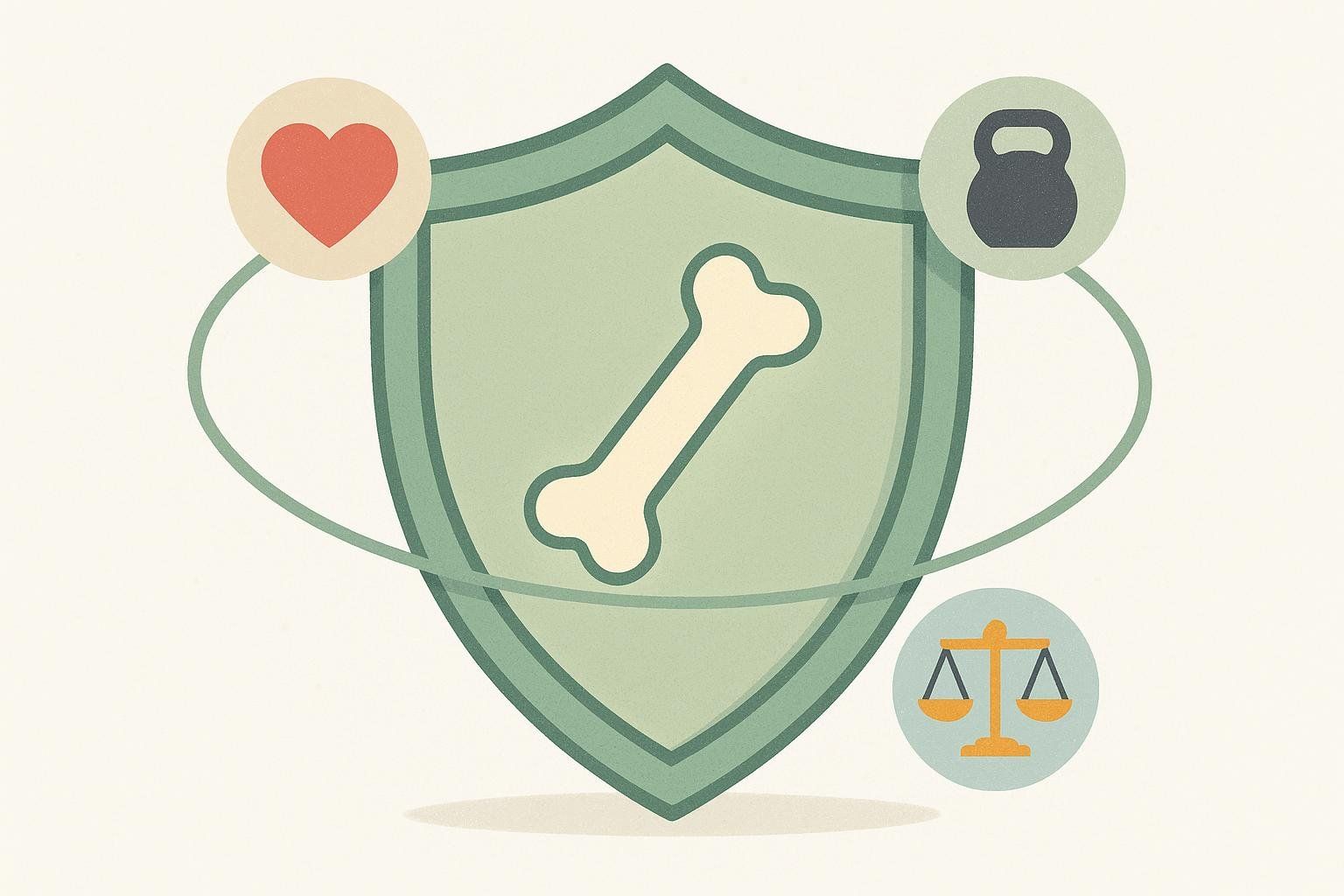
Focus: Bone density and cardiovascular health
Frequency: 2-3 times per week
Duration: 20-25 minutes with longer recovery periods
Sample Protocol:
- 30 seconds intense burst (7-8/10 effort)
- 90 seconds recovery to limit cortisol spikes
- Include weight-bearing exercises
- Focus on compound movements
For PMS and Cycle Support
While some fitness approaches suggest training differently during various menstrual cycle phases, current scientific evidence shows no significant influence of menstrual cycle phase on strength performance or training adaptations. Individual differences in energy, motivation, and symptoms are likely more important factors than cycle phase.
Cycle-Aware Approach:
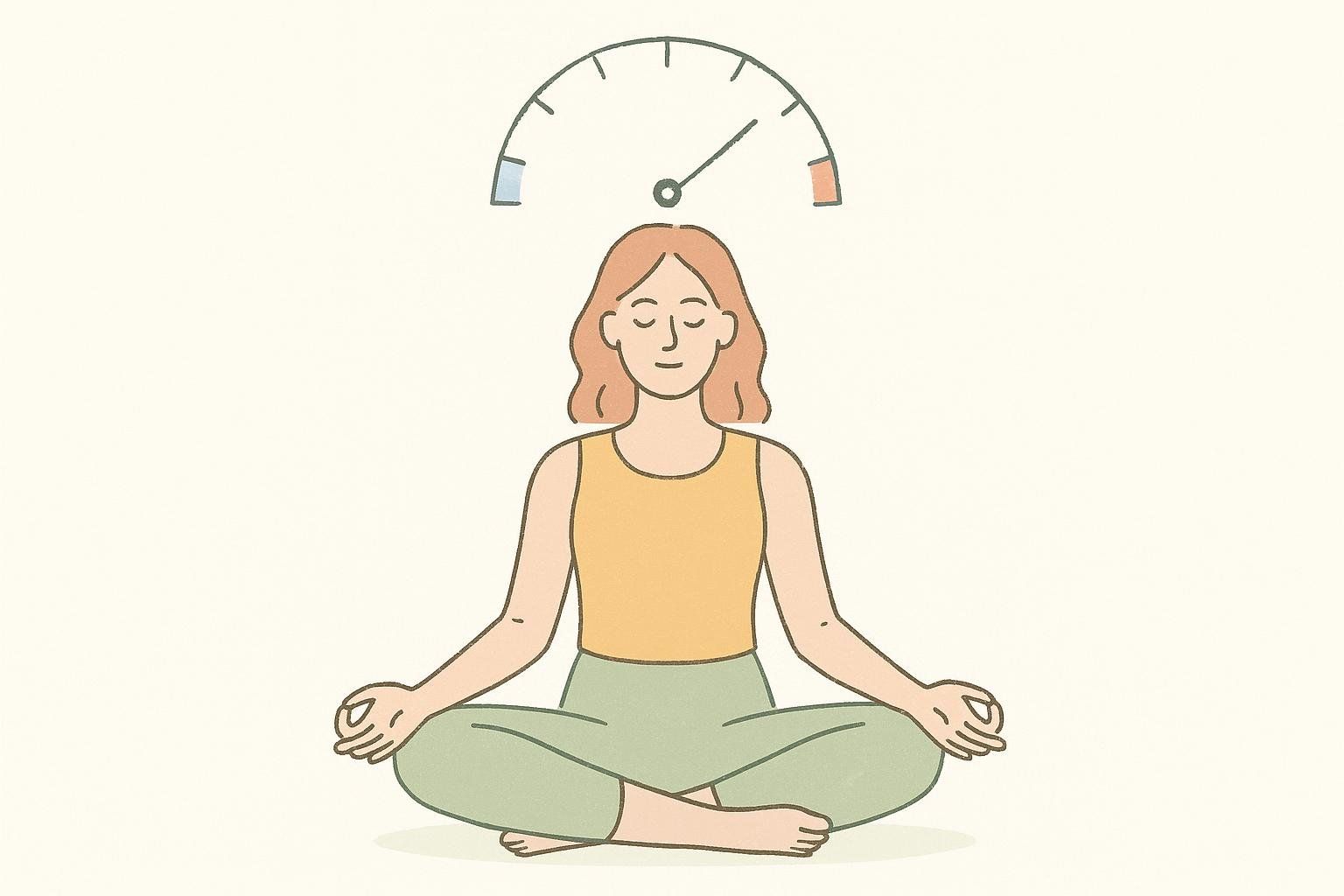
- During menstruation: Listen to your body's symptoms—some women feel energetic, while others experience cramping or fatigue that may affect workout comfort
- Throughout cycle: Track your energy levels and adjust intensity accordingly
- Focus on consistency: Regular HIIT training benefits outweigh timing considerations
- Individual variation: Pay attention to your personal patterns rather than following rigid phase-based rules
HIIT Workout at Home for Women: 30-Day Program
This progressive program builds from beginner-friendly foundation movements to advanced, high-intensity challenges. Each week increases in complexity and intensity while providing recovery days to support adaptation.
Week 1: Foundation Building
| Day | Workout | Duration | Protocol | Exercises |
|---|---|---|---|---|
| 1 | Basic Circuit | 12 min | 30s work / 30s rest, 2 rounds, 2 min between rounds | Squats, Wall push-ups, Marching, Side crunches, Calf raises |
| 3 | Low-Impact Cardio | 16 min | 20s work / 40s rest, 3 rounds, 2 min between rounds | Step-touches, Arm circles, Gentle lunges, Knee lifts |
| 5 | Core Focus | 10 min | 30s work / 30s rest, 2 rounds, 2 min between rounds | Modified plank, Side crunches, Glute bridges, Wall sits |
Week 2: Intensity Introduction
| Day | Workout | Duration | Protocol | Exercises |
|---|---|---|---|---|
| 8 | Building Circuit | 18 min | 40s work / 20s rest, 3 rounds, 90s between rounds | Squats, Incline push-ups, High knees, Glute bridges, Standing mountain climbers |
| 10 | Cardio + Strength | 18 min | 35s work / 25s rest, 3 rounds, 90s between rounds | Step-touches with arms, Wall sits, Modified burpees, Reverse lunges, Plank hold |
| 12 | Full-Body Challenge | 18 min | 40s work / 20s rest, 3 rounds, 90s between rounds | Squats with reach, Push-ups, Alternating lunges, Side crunches, Jumping jacks |
| 13 | Active Recovery | 20 min | Gentle movement | Walking, stretching, yoga flows, breathing exercises |
Week 3: Power Development
| Day | Workout | Duration | Protocol | Exercises |
|---|---|---|---|---|
| 15 | Plyometric Circuit | 19 min | 50s work / 10s rest, 3 rounds, 2 min between rounds | Jump squats, Plyometric push-ups (hands leave ground), Fast high knees, Single-leg bridges, Burpees |
| 17 | Strength Endurance | 19 min | 50s work / 10s rest, 3 rounds, 2 min between rounds | Wall sits, Plank hold, Pause lunges, Mountain climbers, Squat pulses |
| 19 | Metabolic Finisher | 16 min | 30s work / 30s rest, 4 rounds, 60s between rounds | Jumping jacks, Squat to calf raise, Mountain climbers, Lateral lunges |
| 20 | Active Recovery/Yoga | 25 min | Gentle movement | Sun salutations, hip stretches, backbends, restorative poses |
Week 4: Peak Performance
| Day | Workout | Duration | Protocol | Exercises |
|---|---|---|---|---|
| 22 | Assessment | 12 min | Repeat Day 1 | Measure improvement in form, reps, and recovery |
| 24 | Peak Intensity Challenge | 26 min | 45s work / 15s rest, 4 rounds, 2 min between rounds | Burpees, Jump squats, Push-ups, Mountain climbers, Plank jacks |
| 26 | Combination Circuit | 26 min | 45s work / 15s rest, 4 rounds, 2 min between rounds | Squat to reach, Push-up to T-rotation, Lunge with knee lift, Plank shoulder taps, Star jumps |
| 28 | Active Recovery/Flow | 25 min | Gentle movement | Yoga flow, mobility routine, walking meditation |
| 30 | Celebration Session | 20 min | Your choice | Choose your favorite workout from the month |
Smart Programming for Women's HIIT
Frequency Guidelines by Experience Level
Beginner (0-3 months exercise experience):
- 2 sessions per week
- 10-15 minutes per session
- Focus on movement quality
- Allow 2+ full rest days between sessions
Intermediate (3+ months regular exercise):
- 3-4 sessions per week
- 15-25 minutes per session
- Can include back-to-back days with active recovery
Advanced (1+ years consistent training):
- 4-5 sessions per week
- 20-30 minutes per session
- Can integrate with strength training
Recovery Considerations for Women

Menstrual Cycle Impact:
- Track energy levels throughout your cycle
- Adjust intensity based on hormonal fluctuations
- Honor your body's need for rest during menstruation
Sleep Quality Indicators:
- If sleeping less than 6 hours consistently, reduce HIIT frequency
- Poor sleep recovery = longer rest periods needed
- Quality sleep enhances HIIT adaptations
Stress Management:
- High life stress + high exercise stress = potential burnout
- Use heart rate variability if available
- Prioritize stress management techniques (meditation, deep breathing)
Troubleshooting Common Women's HIIT Challenges
"I'm Too Tired for High Intensity"
Solutions:
- Check iron levels (common deficiency in women)
- Evaluate sleep quality and duration
- Reduce frequency temporarily
- Focus on stress management
- Consider cycle tracking for energy patterns
"I'm Not Seeing Body Composition Changes"
Solutions:
- Track progress with body composition analysis
- Evaluate nutrition periodization around workouts
- Ensure adequate protein intake based on exercise demands
- Check that rest periods match your recovery ability
"HIIT Affects My Sleep"
Solutions:
- Avoid intense sessions within 4 hours of bedtime
- Include proper cool-down protocols
- Practice relaxation techniques post-workout
- Monitor caffeine intake if working out later
"Joint Impact is Too Much"
Solutions:
- Transition to low-impact modifications
- Pool/water-based HIIT options
- Focus on resistance band variations
- Emphasize eccentric (lowering) phases of movements
Nutrition to Support Women's HIIT Training
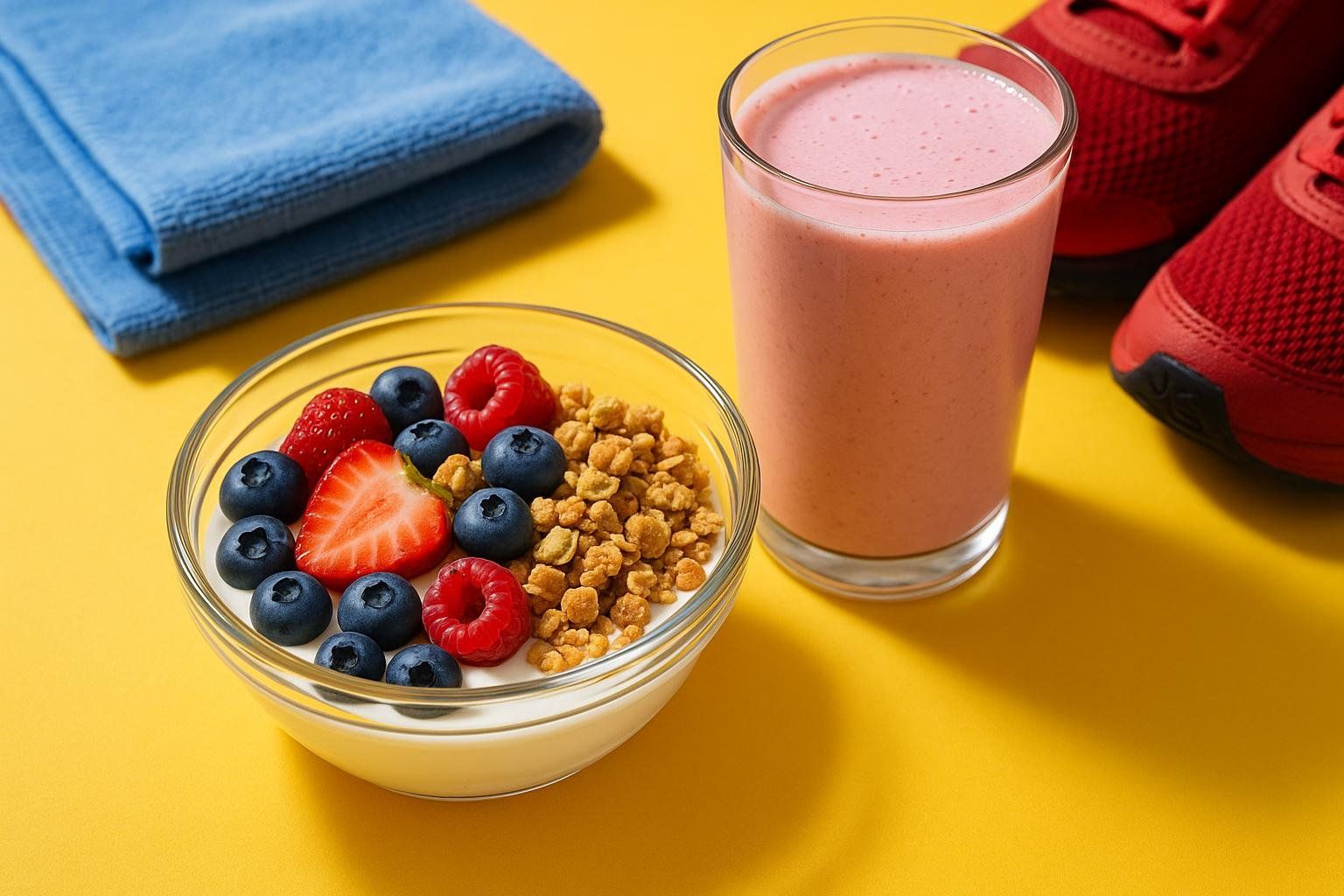
Pre-Workout Fueling
Timing: 1-2 hours before training
Focus: Easily digestible carbohydrates
Examples:
- Banana with almond butter
- Oatmeal with berries
- Apple with string cheese
Post-Workout Recovery
Timing: Within 60 minutes
Focus: Protein for muscle recovery, carbs for glycogen replenishment
Examples:
- Greek yogurt with fruit and granola
- Protein smoothie with spinach and banana
- Cottage cheese with berries
Protein Recommendations: Sports nutrition research shows that for exercising women, daily protein intake should range from 1.4–2.0 g/kg body weight to optimize training adaptations and muscle protein synthesis, which is significantly higher than the standard RDA for sedentary individuals.
Hydration Strategy for Women
Pre-exercise: 16-20 oz fluid 2-3 hours before
During exercise: 6-8 oz every 15-20 minutes for longer sessions
Post-exercise: 150% of fluid losses (weigh yourself before/after)
Special Considerations:
- Increased hydration needs during menstruation
- Electrolyte attention during hot weather
- Caffeine timing (avoid late in day if sleep-sensitive)
Why Tracking Matters: HIIT Progress for Women
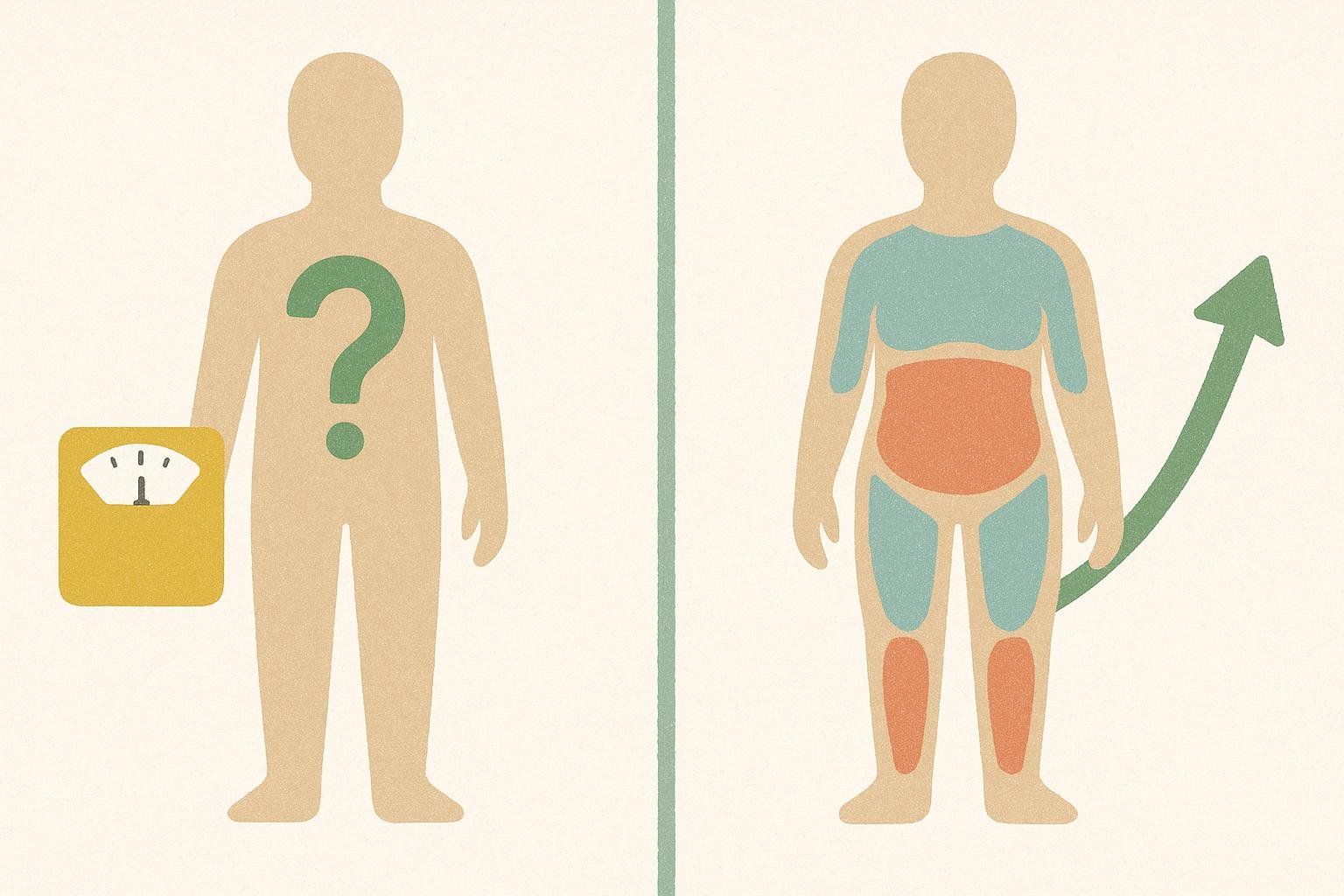
Traditional scales often miss the true story of women's fitness progress. HIIT typically creates simultaneous muscle building and fat loss—changes that weight alone can't capture.
What DEXA Scanning Reveals
Precise Body Fat Analysis: Track fat loss in stubborn areas (hips, thighs, arms)
Muscle Mass Distribution: See lean muscle gains from HIIT training
Visceral Fat Reduction: Monitor dangerous belly fat decreases
Bone Density Changes: Assess bone health improvements from weight-bearing HIIT
HIIT-Specific Progress Markers
Performance Metrics:
- Recovery time between intervals
- Ability to maintain intensity across rounds
- Exercise progression (modified to full push-ups, etc.)
Subjective Improvements:
- Energy levels throughout the day
- Sleep quality improvements
- Stress management ability
- Confidence in movement
Recommended Tracking Timeline:
- Baseline DEXA scan before starting HIIT program
- Follow-up scan every 12 weeks
- Use data to refine training and nutrition approaches
Ready to Start Your HIIT Journey?
HIIT training offers unparalleled efficiency for busy women wanting real results. The key isn't perfecting every workout—it's consistency, smart progression, and listening to your body's unique needs throughout different life stages.
Start with the beginner protocols appropriate for your current situation, whether that's the 15-minute professional routines, postpartum modifications, or the over-50 strength focus. Track your progress scientifically with accurate body composition analysis, and remember that every woman's fitness journey is unique.
Your body is capable of incredible adaptations through intelligent HIIT training. Begin today and discover how much your strength, endurance, and confidence can improve through consistent, targeted effort.
Ready to experience HIIT results for yourself? Find a BodySpec location near you to get your baseline body composition scan and start tracking your transformation.

